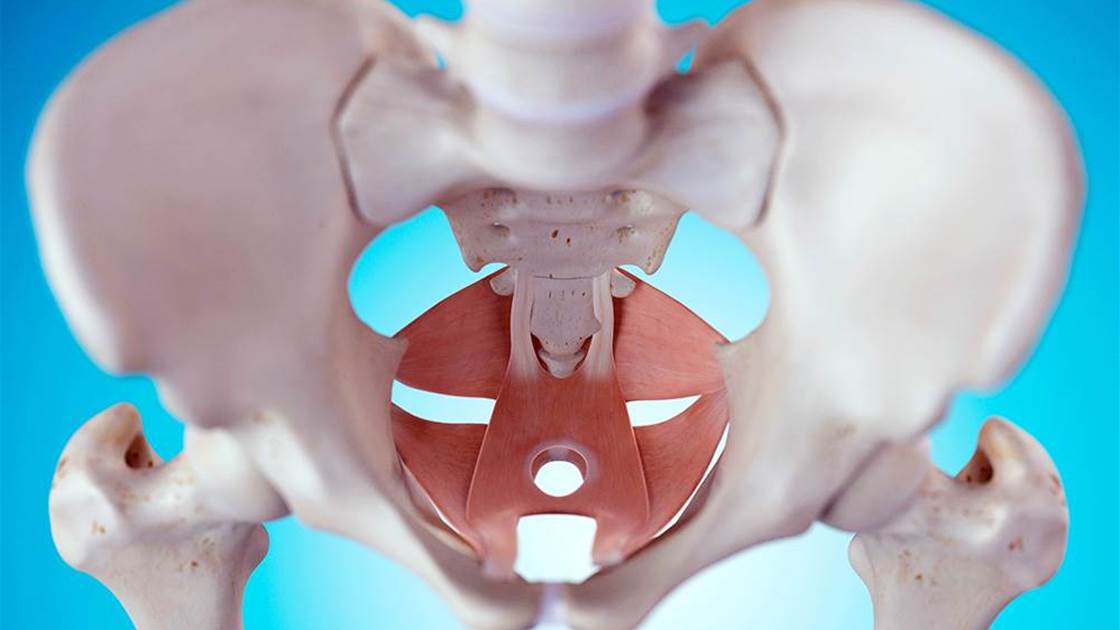If you ever pee a little when you sneeze, cough, or laugh—or complain about your postpartum sex life—you probably have received this advice from a well-meaning friend or even your doctor: “Do your Kegels.”
Kegels, named after the doctor who popularised them, are pelvic floor exercises that work and strengthen the muscles surrounding the vagina and the rectum and promise everything from better bladder control to stronger orgasms. The key to a correct Kegel is isolating the pelvic floor muscles and then squeezing and lifting. “Imagine that you are sitting on a marble and want to pick up the marble with your vagina,” instructs the National Institute of Diabetes and Digestive and Kidney Diseases. “Imagine 'sucking' the marble into your vagina.”
Simple enough, right? But it's not as easy as it sounds, and plenty of women get it wrong.
“Patients come in and say they’ve been doing their Kegels, and it turns out they’re doing them backwards or maybe they don’t even need to do Kegels at all,” says pelvic health physical therapist April Dominick. “If you don’t know how to do them right, you could be making matters worse.”
Watch out for these five super common mistakes.
Mistake #1: Holding your breath
You should breathe normally while doing Kegels, Dominick says. Otherwise, you may not be isolating the correct muscles. “A lot of times women are not really aware of their pelvic floor muscles so they’re just trying to tighten anything they can. Holding your breath increases intra-abdominal pressure, so that can make you feel like you’re doing something.”
Mistake #2: Forgetting the lift
Many women believe that a Kegel is just a squeeze, says pelvic floor physiotherapist Mercedes Eustergerling. However, you can’t forget the “lift.” “I like to tell my patients to use visualisation. Imagine picking up a blueberry or drinking a thick milkshake...with your vagina.”
Mistake #3: Overachieving
The biggest mistake that women make when they’re doing Kegel exercises is trying too hard, says Eustergerling. “These are small muscles that do subtle movements.”
Physical therapist Erin Weber says she starts out by having patients lie on their backs with knees bent, which eliminates the forces of gravity and allows them to become more aware of the specific muscles they need to focus on. “I cue them to draw up and in, narrowing the space between their sit bones and closing the space from their coccyx bone to their pubic bone.” Also important: Keep the inner thighs and glutes relaxed.
Mistake #4: Letting your glutes do the work
When pelvic muscles are weak, sometimes the body compensates by using other muscles, such as the thighs, abdominals or buttocks, says Dominick. To avoid this, she suggests a quick check while Kegel-ing: Place one hand under your butt and the other on your abs. If you feel a large movement or contraction from the buttock or abdominals, it's a sign that you're not concentrating on the right muscles.
To reduce reliance on the stronger muscles in your body, Dominick suggests lying on your back and putting your legs up on a couch seat or a chair so that your hips and knees make a 90-degree angle. “This will make it harder for your body to compensate for weak pelvic floor muscles by using the legs during a Kegel.”
Mistake #5: Waiting too long to see results
If done regularly (a few times every day), you should expect to see results pretty quickly, says Weber, who treats many women after childbirth. “I often have patients who notice a reduction in urinary incontinence after a week of performing the exercises. Once you are able to isolate the muscles properly and contract them, you can better facilitate your pelvic floor muscles during daily activities.”
If you've been doing Kegels for weeks and everything down there seems pretty much status quo, talk to your doctor. You might need some training—or maybe you don't need Kegels at all. For example, some women who experience pelvic pain and discomfort actually have tight pelvic floor muscles and need a different approach. “This group should not be performing Kegels,” Weber says. Instead, “I have them work on ‘down-training’ these muscles with relaxation techniques and breathing exercises.”
If you are experiencing any pain, incontinence, sexual dysfunction or simply have questions, ask your healthcare provider if you should be evaluated by a pelvic health physical therapist. “It’s really hard for anyone to assess their pelvic floor by themselves,” Dominick says.










